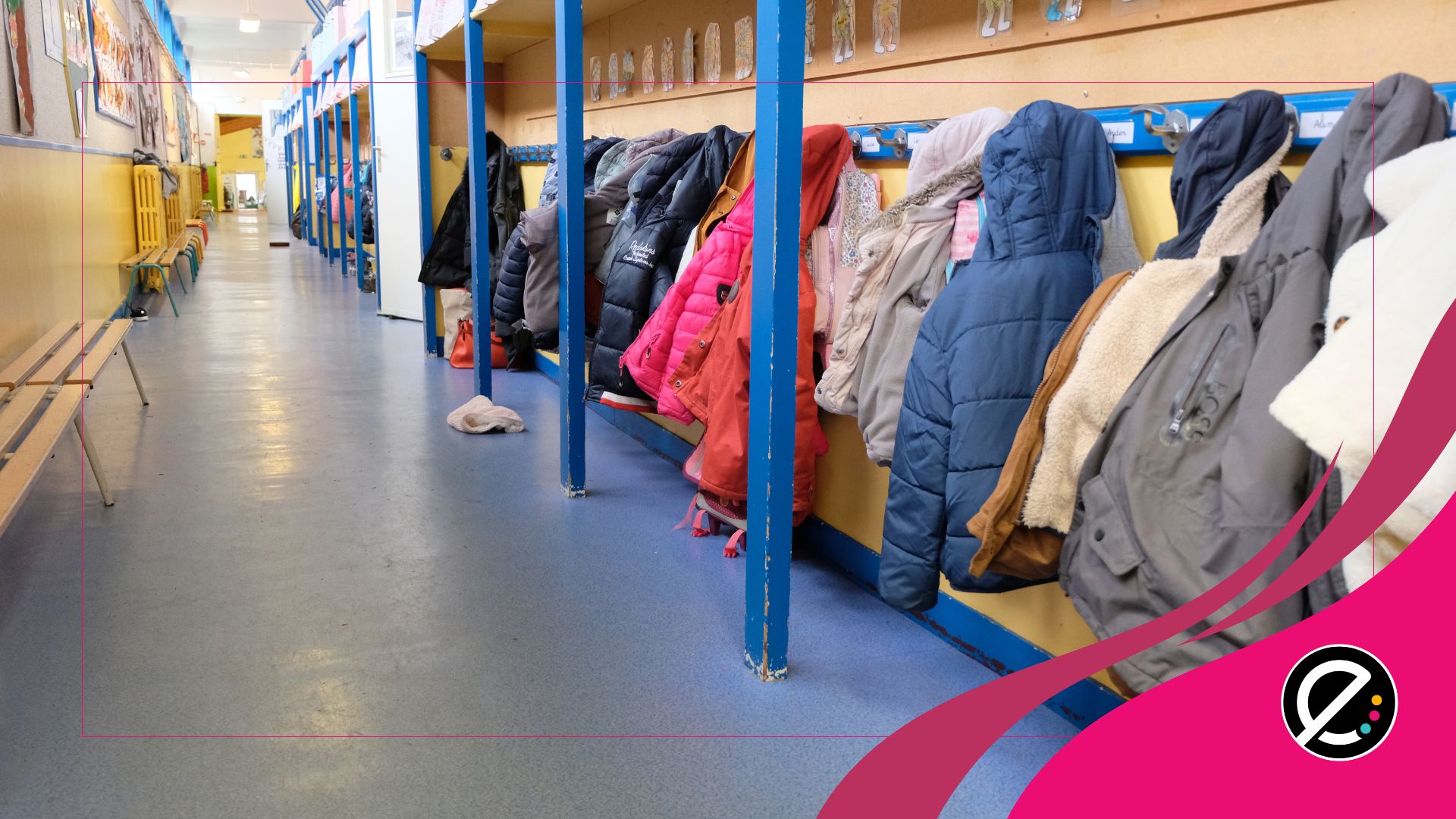Depuis septembre dernier, une école entièrement en ligne accueille quelque 2 400 enfants du Conseil des écoles catholiques du Centre-Est, qui couvre les régions d’Ottawa et de Kingston en Ontario. Regard sur l’Académie d’apprentissage virtuel.
Si la pandémie a accéléré le projet, le directeur de l’éducation du Conseil des écoles catholiques du Centre-Est (CECCE), Marc Bertrand, assure que l’idée d’une telle académie était déjà dans la mire de son organisation depuis deux ans. Selon M. Bertrand, son conseil scolaire offre désormais la plus grande académie virtuelle de l’Ontario. L’Académie d’apprentissage virtuel (AAV) regroupe 103 classes titulaires de la maternelle à la 8e année. Quelque 110 enseignants ainsi que 17 éducateurs de la petite enfance font partie de l’équipe professionnelle.
L’un des objectifs du CECCE derrière ce projet est de proposer une école flexible aux parents. Il est donc possible pour un enfant qui est actuellement en classe de revenir à la maison et de s’inscrire à l’AAV. L’inverse est aussi vrai, chaque enfant restant lié à son école d’origine. En tout, 58 écoles sont en lien avec l’AAV sur le territoire du CECCE.
Comment ça marche?
Ce n’est pas parce que l’apprentissage est en ligne qu’il n’y a aucune routine. De la première à la 6e année, l’horaire est de 9 h 15 à 14 h 45, avec une pause le matin et l’après-midi, en plus de la période de dîner. Juliana Ramsay, maman de trois enfants et présidente du comité de parents de l’AAV, nous raconte : « Il y a des moments synchrones avec l’enseignant – 240 minutes par jour – et d’autres asynchrones. Les amis peuvent aussi discuter ensemble de leurs travaux, ajoute-t-elle. Oui, il y a eu une période d’ajustement, mais mes enfants se sont adaptés depuis septembre. » Les mêmes matières scolaires que l’école « en présentiel » sont enseignées à l’AAV.
L’apprentissage de la réussite
D’après Marc Bertrand, la formule de l’AAV permet aux enseignants qui le souhaitent de poursuivre leur enseignement de manière sécuritaire. Le ratio enseignant-élèves est le même qu’en classe, soit, par exemple, jusqu’à 23 élèves de la première à la 3e année.
Selon le directeur de l’éducation, le taux de réussite est sensiblement le même que les élèves soient en classe ou à la maison, en ce qui concerne l’élémentaire. Au secondaire, il serait même un peu plus élevé.
Bien que 14 élèves africains ou européens sont inscrits à l’AAV en ce moment, M. Bertrand indique que son école n’est pas encore prête à accueillir des élèves de l’extérieur de sa province en plus grand nombre. Ce sera donc à suivre dans les prochaines années.







